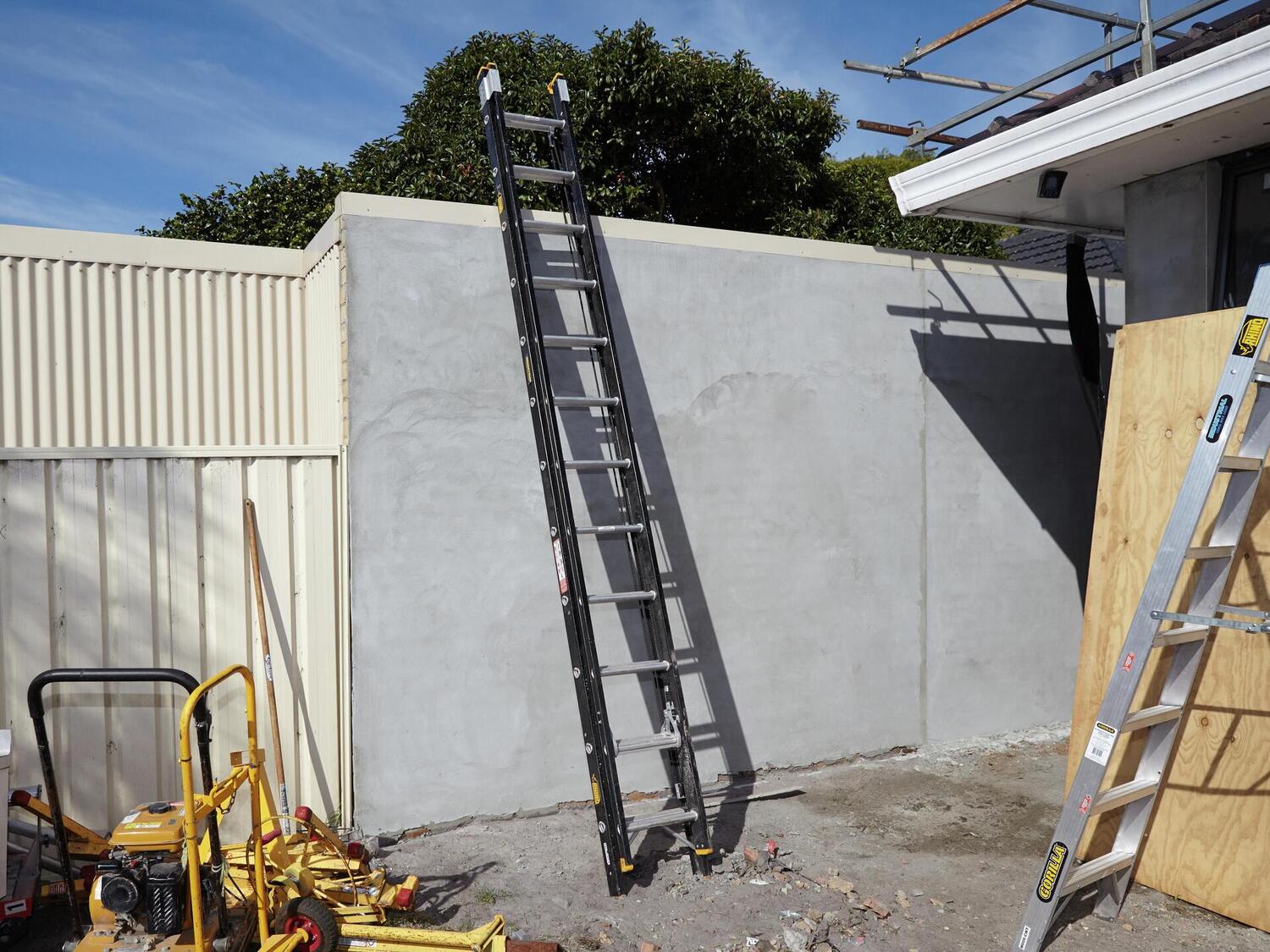

Articles
How To Store Extension Ladder Outside
Modified: February 23, 2024
Learn the best methods for storing your extension ladder outside in this helpful article. Keep your ladder safe, organized, and easily accessible with these storage tips.
(Many of the links in this article redirect to a specific reviewed product. Your purchase of these products through affiliate links helps to generate commission for Storables.com, at no extra cost. Learn more)
Introduction
Storing your extension ladder outside can be a practical solution for homeowners who have limited storage space in their garages or sheds. By securely mounting your ladder outdoors, you can free up valuable space and ensure easy access whenever you need to perform maintenance or reach high areas around your home. However, there are some important considerations and precautions to take into account before opting for this storage method. This article will guide you through the benefits, factors to consider, and the step-by-step process of storing your extension ladder outside to help you make an informed decision.
Key Takeaways:
- Storing your extension ladder outside can save space, provide easy access, and protect indoor areas, but it’s crucial to consider security, weather exposure, and ladder maintenance to ensure safety and longevity.
- Properly securing the ladder, following safety measures, and implementing regular maintenance practices are essential for safely storing your extension ladder outside and maximizing its lifespan.
Read more: How To Store Ladders Outside
Benefits of Storing Extension Ladder Outside
Storing your extension ladder outside can offer several advantages for homeowners. Here are some key benefits:
- Space-saving: One of the main advantages of storing your extension ladder outside is the significant space you can save. By keeping it securely mounted outdoors, you can free up valuable space in your garage or shed for other storage needs.
- Easy access: When you store your ladder outside, it is readily available whenever you need it. This saves you the hassle of having to excavate it from a cluttered storage area, allowing you to quickly and conveniently access it whenever required.
- Prevents damage to other items: Extension ladders are often long and bulky, making it easy to accidentally damage other items stored nearby. Storing your ladder outside eliminates the risk of it falling or leaning against other objects, minimizing the potential for damage to your possessions.
- Preserves indoor space: By moving your ladder outdoors, you can keep your indoor spaces uncluttered and free from potential hazards. This is particularly beneficial if you have limited storage options or if your ladder is frequently used for various tasks.
- Weather resistance: Many extension ladders are designed to withstand different weather conditions. Storing your ladder outside exposes it to natural elements, allowing it to dry properly after use and reducing the risk of rust or damage caused by prolonged indoor storage.
Before opting to store your extension ladder outside, it is important to consider a few factors to ensure the safety and longevity of your ladder. Let’s explore these considerations in the next section.
Factors to Consider Before Storing Extension Ladder Outside
While storing your extension ladder outside can be beneficial, it is essential to consider some factors beforehand to ensure its safety and longevity. Here are some key factors to keep in mind:
- Security: Assess the security of your outdoor storage area. Make sure it is well-lit and consider installing security cameras or a lockable storage box to deter theft or unauthorized use.
- Weather exposure: Evaluate the climate and weather conditions in your area. Choose a location that provides adequate protection for your ladder from extreme heat, cold, rain, snow, or direct sunlight. Exposure to prolonged sunlight can degrade the ladder’s materials and weaken its structural integrity.
- Ground stability: Ensure that the ground where you plan to store your ladder is stable and level. Avoid placing it on uneven or soft surfaces that may cause it to tip or sink.
- Accessibility: Consider the accessibility of the ladder when stored outdoors. Choose a location that allows for easy retrieval and return of the ladder without obstructions. Avoid placing it near bushes, trees, or other obstacles that may hinder the ladder’s deployment or retrieval.
- Ladder upkeep: Regularly inspect and maintain your ladder to ensure it remains in good condition. Check for any signs of wear, damage, or loose parts before and after each use. Lubricate moving parts and clean the ladder to remove dirt, debris, and moisture that may promote corrosion.
- Neighborhood regulations: Check if there are any neighborhood or local regulations regarding exterior storage or the display of ladders. Certain areas may have specific requirements or restrictions that you need to adhere to.
- Ladder weight: Consider the weight of your ladder before storing it outside. Ensure that the mounting structure or brackets you use can safely support the weight of the ladder without risk of collapse.
By taking these factors into account, you can make an informed decision and ensure that your extension ladder remains safe and in optimal condition while stored outside. In the next section, we will provide a step-by-step guide on how to properly store your ladder outside.
Step-by-Step Guide: How to Store Extension Ladder Outside
Follow these step-by-step instructions to properly store your extension ladder outside:
- Select an appropriate location: Choose a suitable spot outside your home for storing the ladder. Look for a sturdy wall or support structure where you can securely mount the ladder.
- Prepare the mounting brackets: Purchase or fabricate mounting brackets that are specifically designed to hold extension ladders. These brackets should be durable, weather-resistant, and capable of securely holding the weight of your ladder.
- Measure and mark the wall: Use a tape measure to determine the height at which you want to mount the brackets on the wall. Mark this height using a pencil or marker.
- Attach the brackets: Use screws or bolts appropriate for the type of wall you are working on to attach the mounting brackets securely. Ensure that the brackets are level and properly aligned.
- Inspect the ladder: Before mounting the ladder, inspect it thoroughly for any signs of damage or wear. Check for loose parts, cracked rungs, or frayed ropes. If any issues are found, address them before proceeding.
- Position and mount the ladder: Lift the ladder and carefully position it against the wall, aligning the ladder’s rails with the mounting brackets. Make sure the ladder is stable and the brackets securely support its weight.
- Secure the ladder: Use straps, hooks, or bungee cords to secure the ladder to the brackets and prevent it from shifting or falling. Ensure that the ladder is tightly secured to avoid any accidents or damage caused by wind or other external factors.
- Recheck stability: Double-check the stability of the ladder and the security of the mounting brackets. Give the ladder a gentle shake to ensure it remains firmly in place.
- Test accessibility: Test the accessibility of the ladder by simulating the process of deploying and retrieving it. Ensure that there is enough clearance and space to extend the ladder without obstruction.
By following these steps, you can safely store your extension ladder outside and have it readily available whenever you need it. However, it is crucial to prioritize safety when handling and using the ladder. Let’s explore some important safety measures in the next section.
Consider using a ladder rack or wall-mounted hooks to store your extension ladder outside. Make sure it is secured properly to prevent theft or damage from weather. Regularly inspect and maintain the ladder to ensure it remains in good condition.
Safety Measures for Storing Extension Ladder Outside
While storing your extension ladder outside can be convenient, it is essential to prioritize safety to prevent accidents and injuries. Here are some important safety measures to follow:
- Securely mount the ladder: Make sure the ladder is securely mounted to the wall or support structure using appropriate brackets. Double-check the stability of the ladder and ensure it is tightly secured to prevent it from shifting or falling.
- Regularly inspect the ladder: Perform regular inspections of the ladder to check for any signs of wear, damage, or loose parts. Inspect the rungs, ropes, locks, and other components to ensure they are in good condition and functioning properly.
- Keep the area clear: Avoid storing any objects or obstacles near the ladder that could obstruct its deployment or retrieval. Keep the surrounding area clear to ensure easy and safe access to the ladder.
- Follow ladder usage guidelines: Adhere to the manufacturer’s guidelines for ladder usage and weight limits. Do not exceed the maximum weight capacity of the ladder and avoid using the ladder in a way that compromises its stability or safety.
- Use proper ladder techniques: Always maintain three points of contact when climbing or descending the ladder. Face the ladder and grip the rungs firmly. Avoid overreaching, leaning too far to the side, or standing on the top rungs.
- Consider weather conditions: Be aware of the weather conditions before using the ladder. Avoid using the ladder during high winds, storms, or slippery conditions. Wet or icy surfaces can make the ladder unstable and increase the risk of falls.
- Use personal protective equipment (PPE): Wear appropriate PPE, such as non-slip shoes and gloves, to enhance grip and stability when handling the ladder. If working at heights, consider using a safety harness or fall protection equipment.
- Properly position the ladder: Ensure that the ladder is placed on a stable and level surface. Use ladder leg levelers or find a suitable area that provides solid ground support. Avoid placing the ladder on soft or uneven surfaces that may cause it to wobble or tip over.
- Take care during ladder deployment and retrieval: Pay attention to your surroundings when extending or retracting the ladder. Avoid abrupt movements that could cause the ladder to swing or lose balance, potentially injuring you or causing damage to nearby objects.
- Seek professional assistance if needed: If you are unsure about proper ladder installation or maintenance, consult a professional or seek advice from a qualified expert. They can provide guidance and ensure that your ladder is stored and used safely.
Following these safety measures will help ensure that your extension ladder is stored and used safely when stored outside. However, it’s also important to take steps to maintain the condition of your ladder. Let’s explore some tips for maintaining the condition of your extension ladder stored outside in the next section.
Read more: How To Hide An Extension Cord Outside
Tips for Maintaining the Condition of Extension Ladder Stored Outside
To ensure the longevity and optimal performance of your extension ladder stored outside, it’s important to implement regular maintenance practices. Follow these tips to maintain the condition of your ladder:
- Clean the ladder: Regularly clean your ladder to remove dirt, debris, and moisture that can accumulate on its surface. Use a soft brush or cloth to wipe down the ladder and ensure it is free from any obstructions that could affect its functionality.
- Inspect for damage: Routinely inspect your ladder for any signs of damage, such as cracks, bent rungs, or loose parts. If any issues are found, address them promptly to prevent further deterioration or accidents during ladder usage.
- Apply lubrication: Lubricate the moving parts of the ladder, such as hinges and locks, with a suitable lubricant. This will ensure smooth operation and prevent rust or corrosion caused by friction.
- Protect from UV exposure: If your ladder is exposed to direct sunlight, consider using a UV-resistant ladder cover or tarp to protect it from UV rays, which can degrade the ladder’s materials over time.
- Check ropes and pulleys: If your ladder has ropes and pulleys, inspect them regularly for wear and tear. Replace any frayed or damaged ropes and ensure that the pulleys are working smoothly.
- Apply rust protection: If your ladder is made of metal, consider applying a rust-resistant coating or paint to protect it from corrosion. This will help prolong its lifespan and maintain its structural integrity.
- Keep it dry: After using the ladder, make sure to wipe it dry before storing it outside. Moisture can promote rust or damage to the ladder, so it’s important to keep it as dry as possible.
- Store it in a covered area: If possible, store your ladder under a roof or in a covered area to provide additional protection from the elements. This will help prevent unnecessary exposure to rain, snow, or extreme weather conditions.
- Perform regular maintenance: Set a schedule for routine ladder maintenance. This can include inspecting, cleaning, and lubricating the ladder on a regular basis. Following a maintenance routine will help identify and address any issues before they escalate.
- Follow manufacturer recommendations: Refer to the manufacturer’s guidelines for specific maintenance instructions and recommendations for your ladder model. These guidelines are designed to ensure the safety and longevity of the ladder.
By following these tips, you can ensure that your extension ladder remains in good condition while stored outside, extending its lifespan and maintaining its safety for future use. In the next section, we will conclude our article and summarize the main points discussed.
Conclusion
Storing your extension ladder outside can be a practical solution to save space and have easy access to it when needed. By securely mounting your ladder outdoors, you can free up valuable storage space in your garage or shed while ensuring it is readily available for various tasks around your home. However, before opting for this storage method, it is important to consider some factors and take necessary precautions.
In this article, we discussed the benefits of storing your extension ladder outside, such as space-saving, easy access, and protection of indoor spaces. We also highlighted key factors to consider, including security, weather exposure, ground stability, and ladder weight. By considering these factors, you can make an informed decision and ensure the safety and longevity of your ladder.
We provided a step-by-step guide on how to store your ladder outside, emphasizing the importance of selecting an appropriate location, preparing mounting brackets, and properly securing the ladder. Additionally, we discussed the safety measures to follow, such as regular ladder inspections, proper ladder usage techniques, and using personal protective equipment.
To maintain the condition of your extension ladder stored outside, we shared maintenance tips such as cleaning the ladder, inspecting for damage, applying lubrication, and protecting it from UV exposure. By following these tips, you can prolong the lifespan of your ladder and ensure its optimal performance for years to come.
In conclusion, storing your extension ladder outside can be a convenient and space-saving solution, provided that you consider the necessary factors and follow safety measures. Regular maintenance will help maintain the ladder’s condition and maximize its longevity. Remember to always prioritize safety when handling and using the ladder to prevent accidents and injuries. By implementing these guidelines, you can confidently store your extension ladder outside and enjoy its benefits for your various household tasks.
Frequently Asked Questions about How To Store Extension Ladder Outside
Was this page helpful?
At Storables.com, we guarantee accurate and reliable information. Our content, validated by Expert Board Contributors, is crafted following stringent Editorial Policies. We're committed to providing you with well-researched, expert-backed insights for all your informational needs.
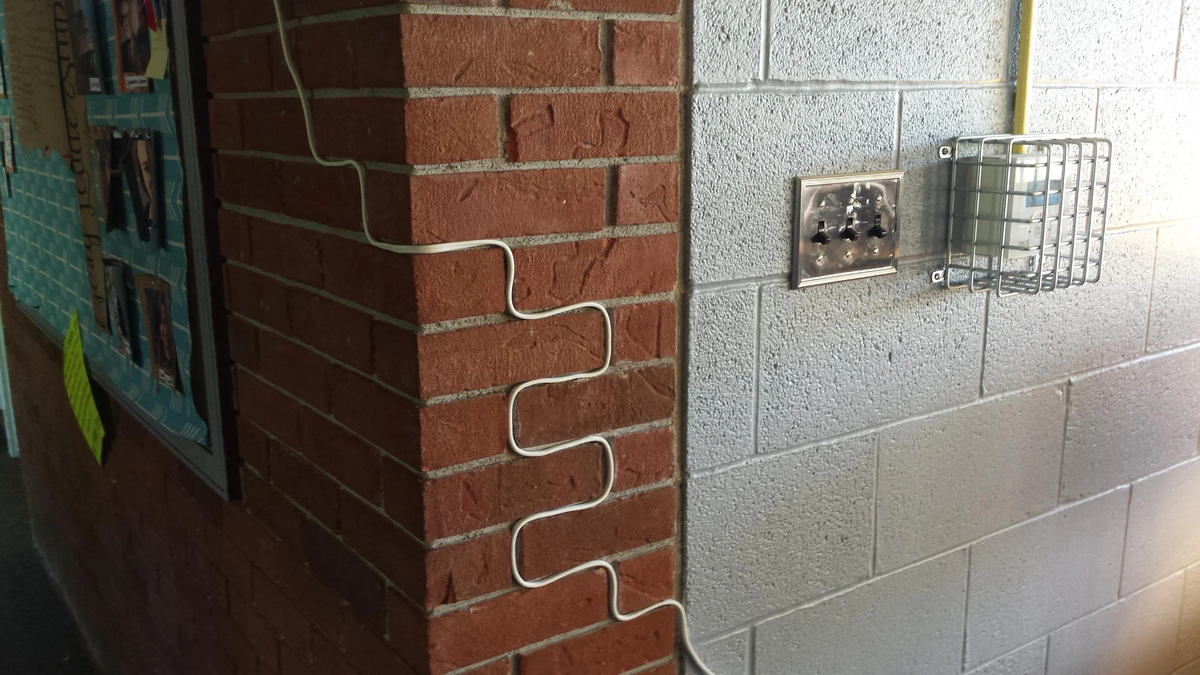
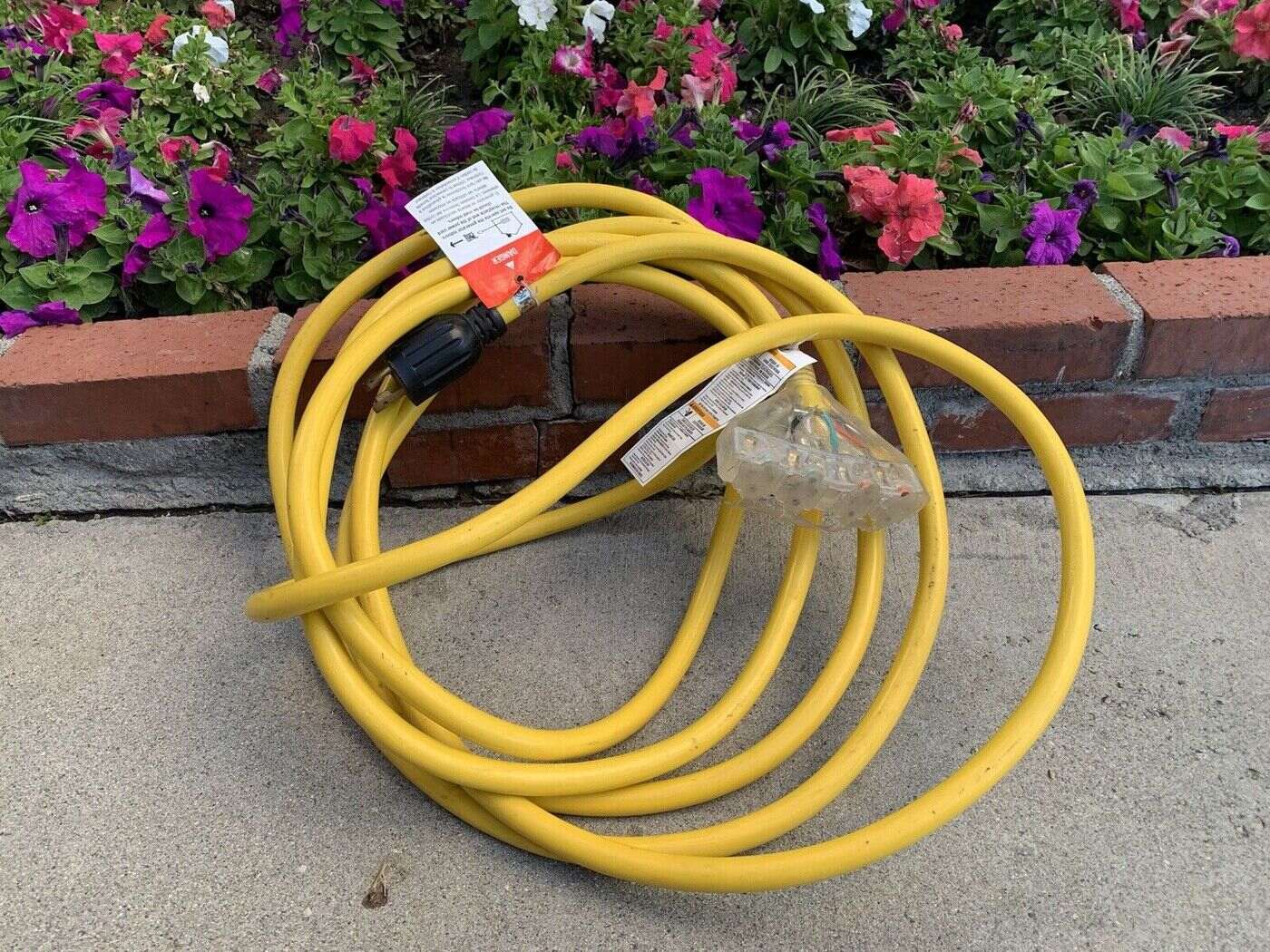
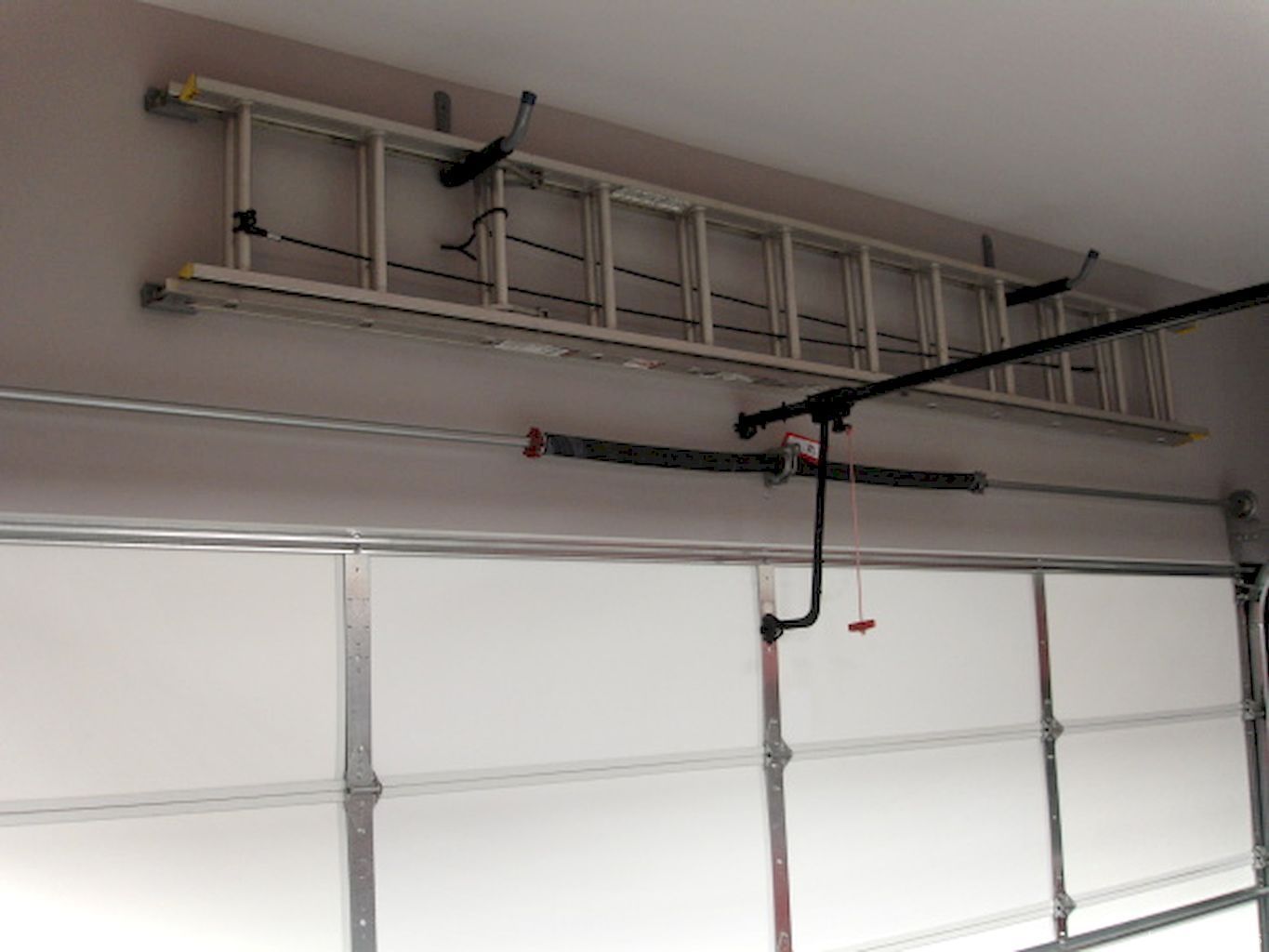
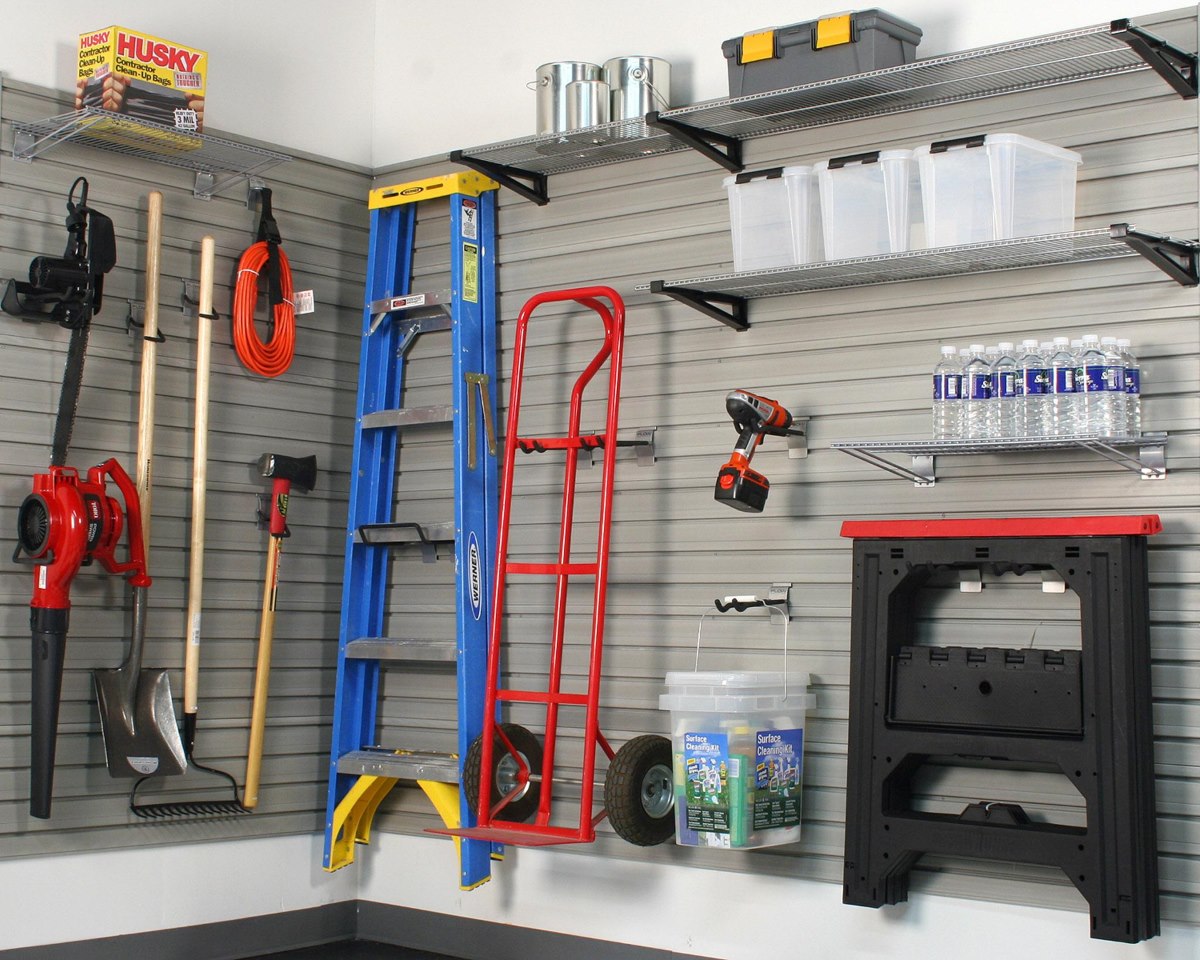
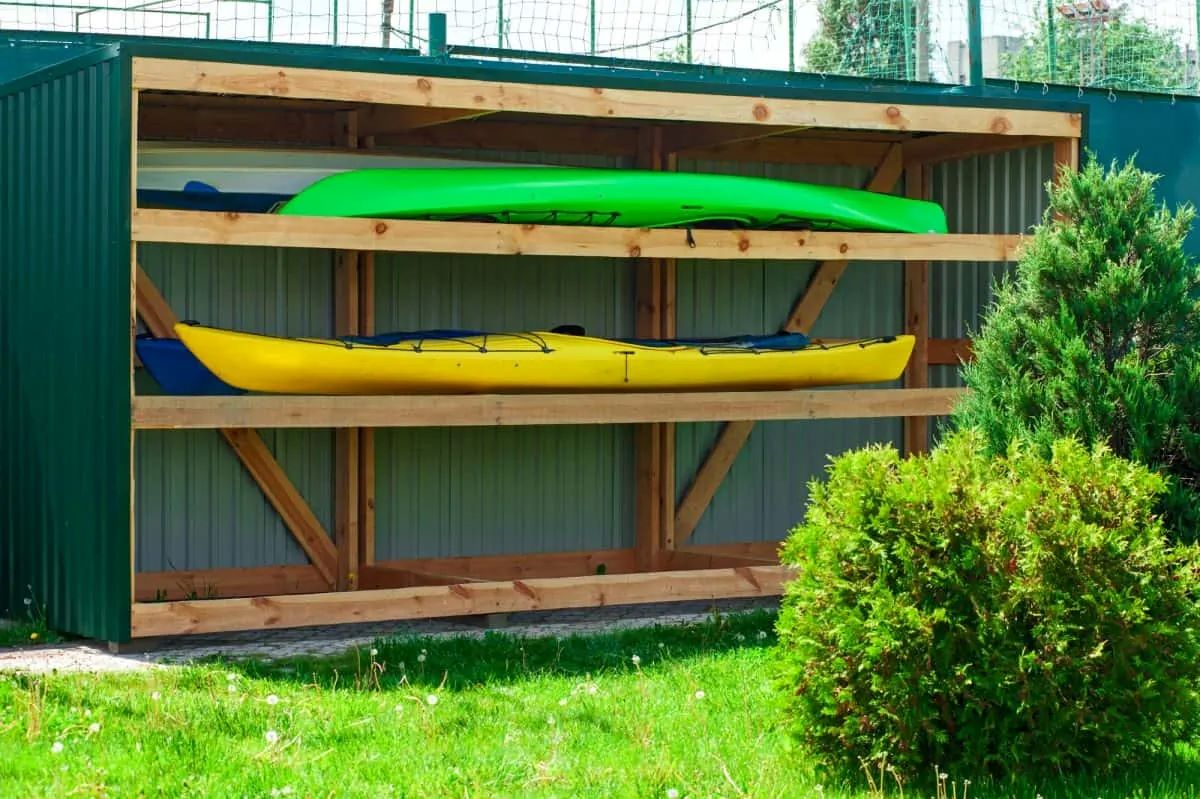
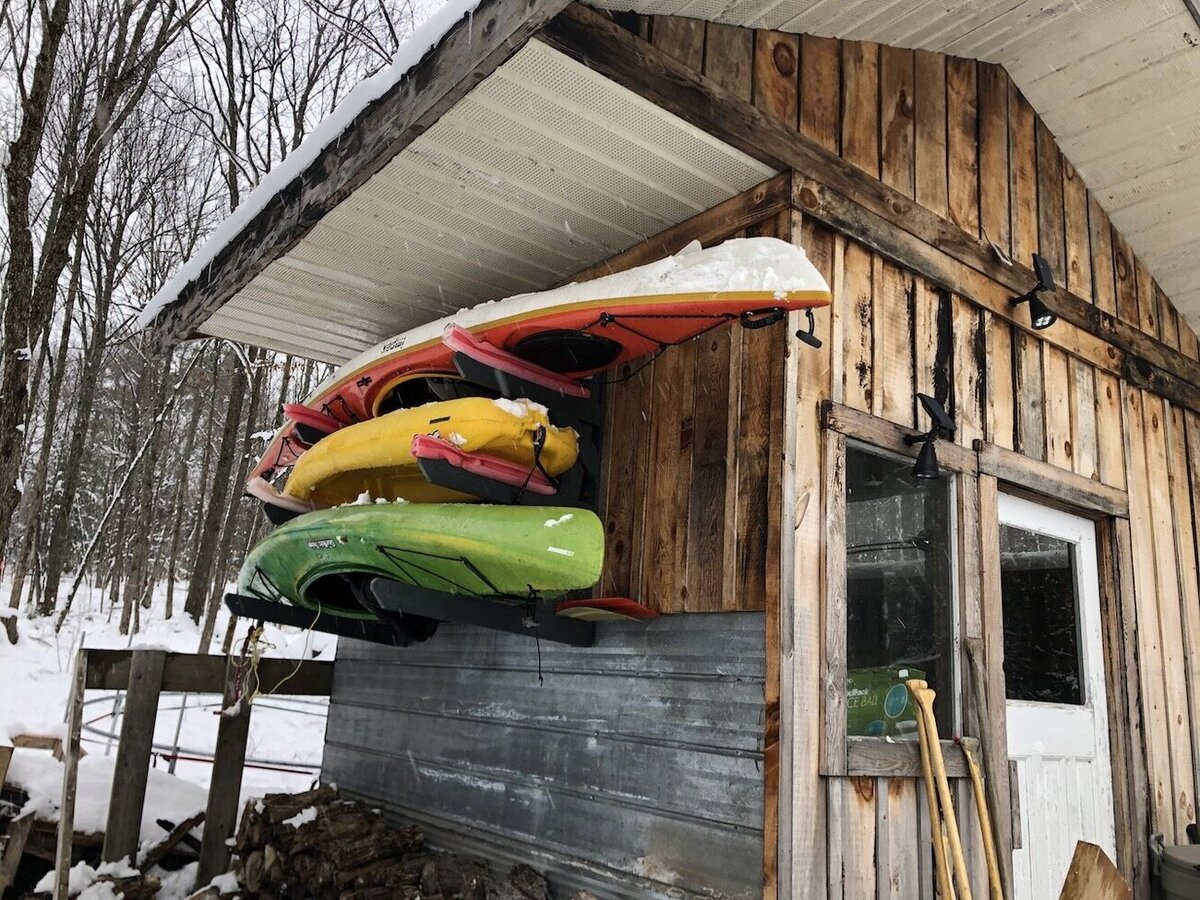
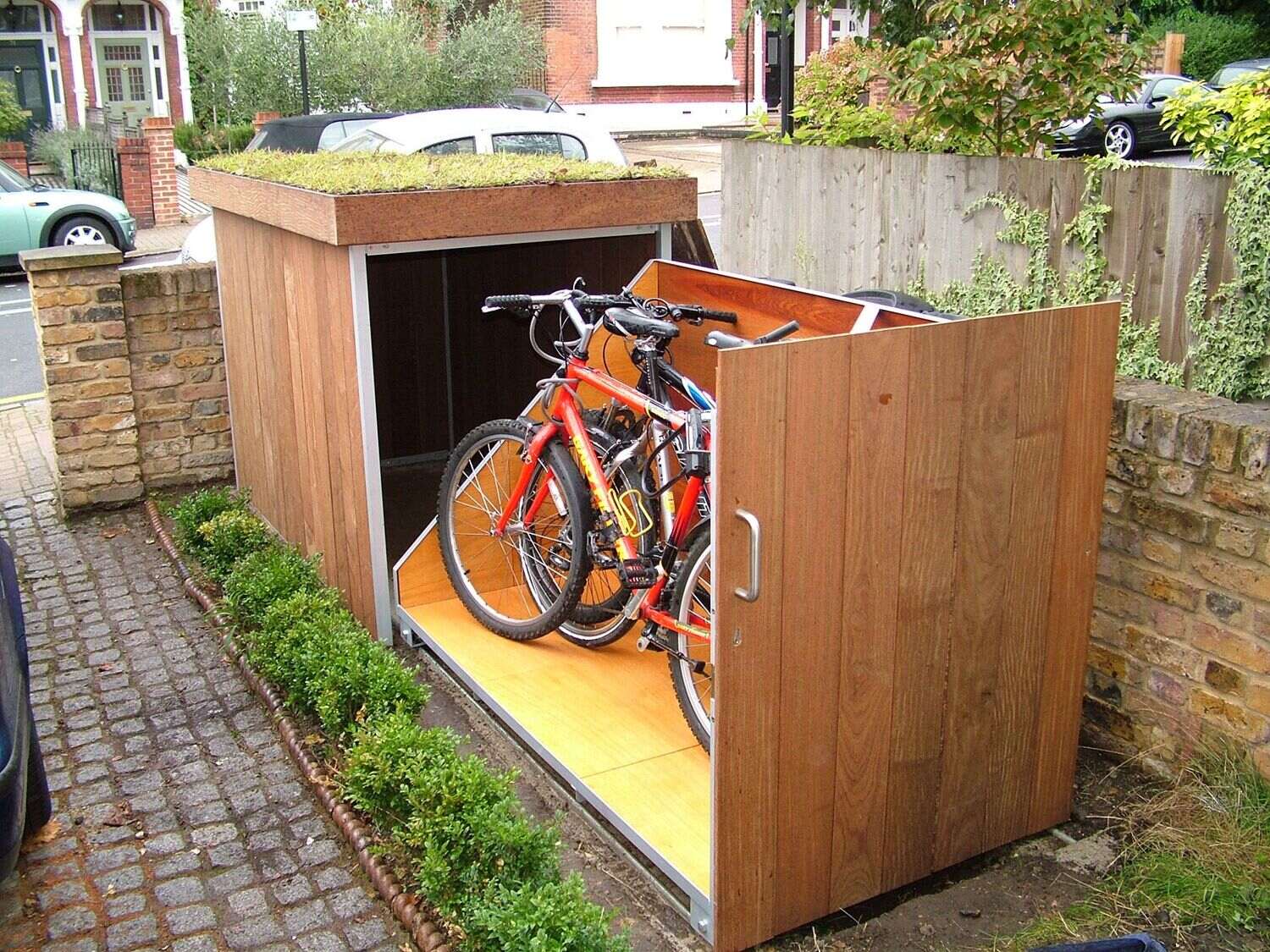
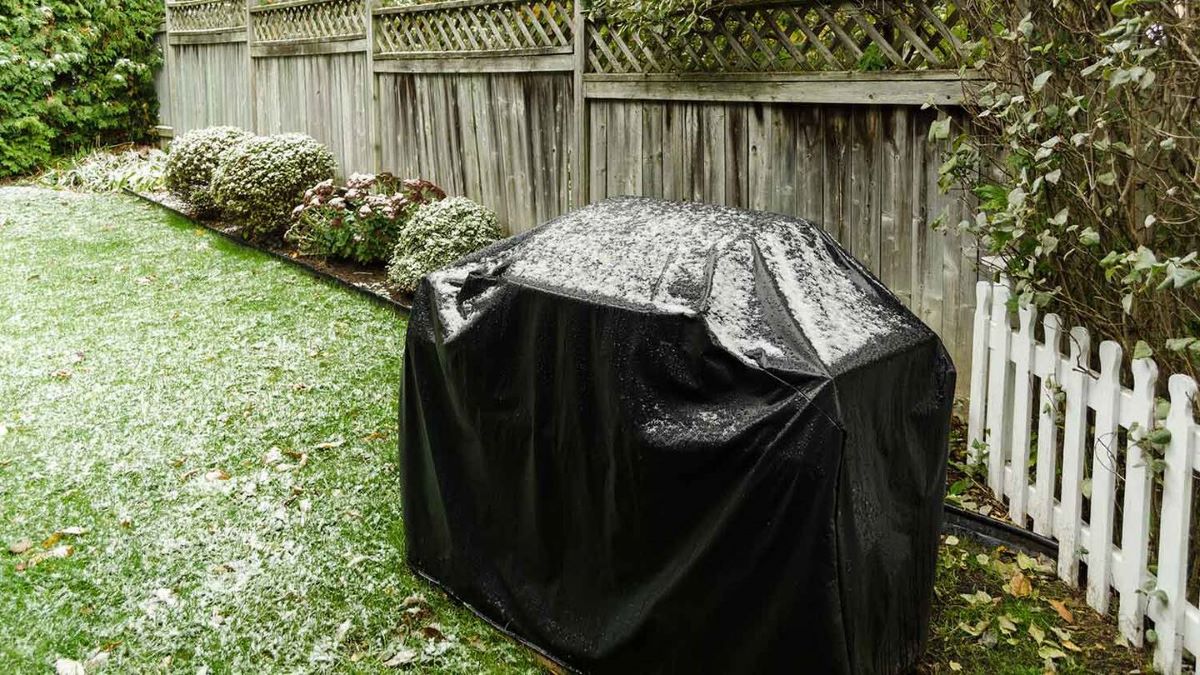


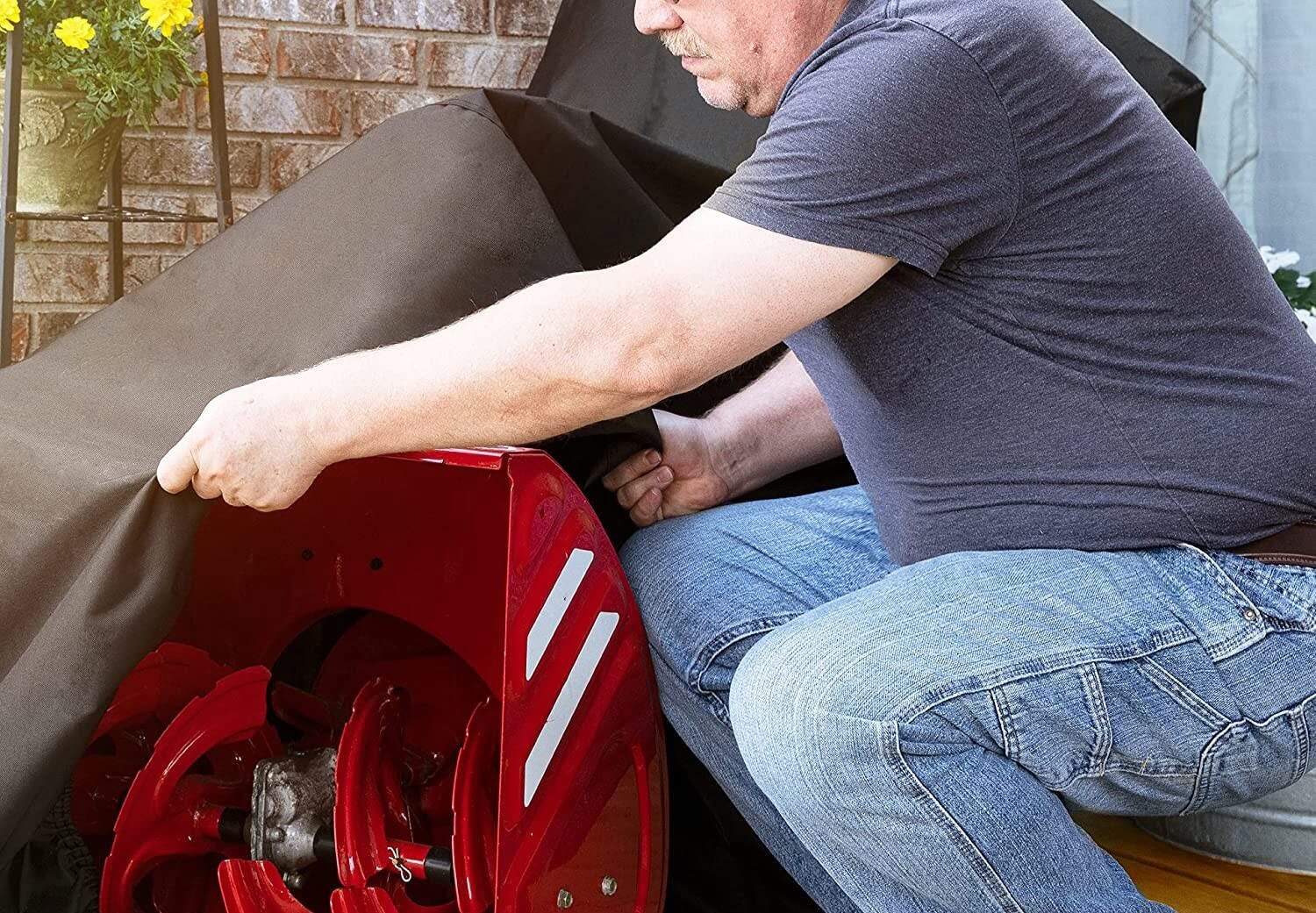
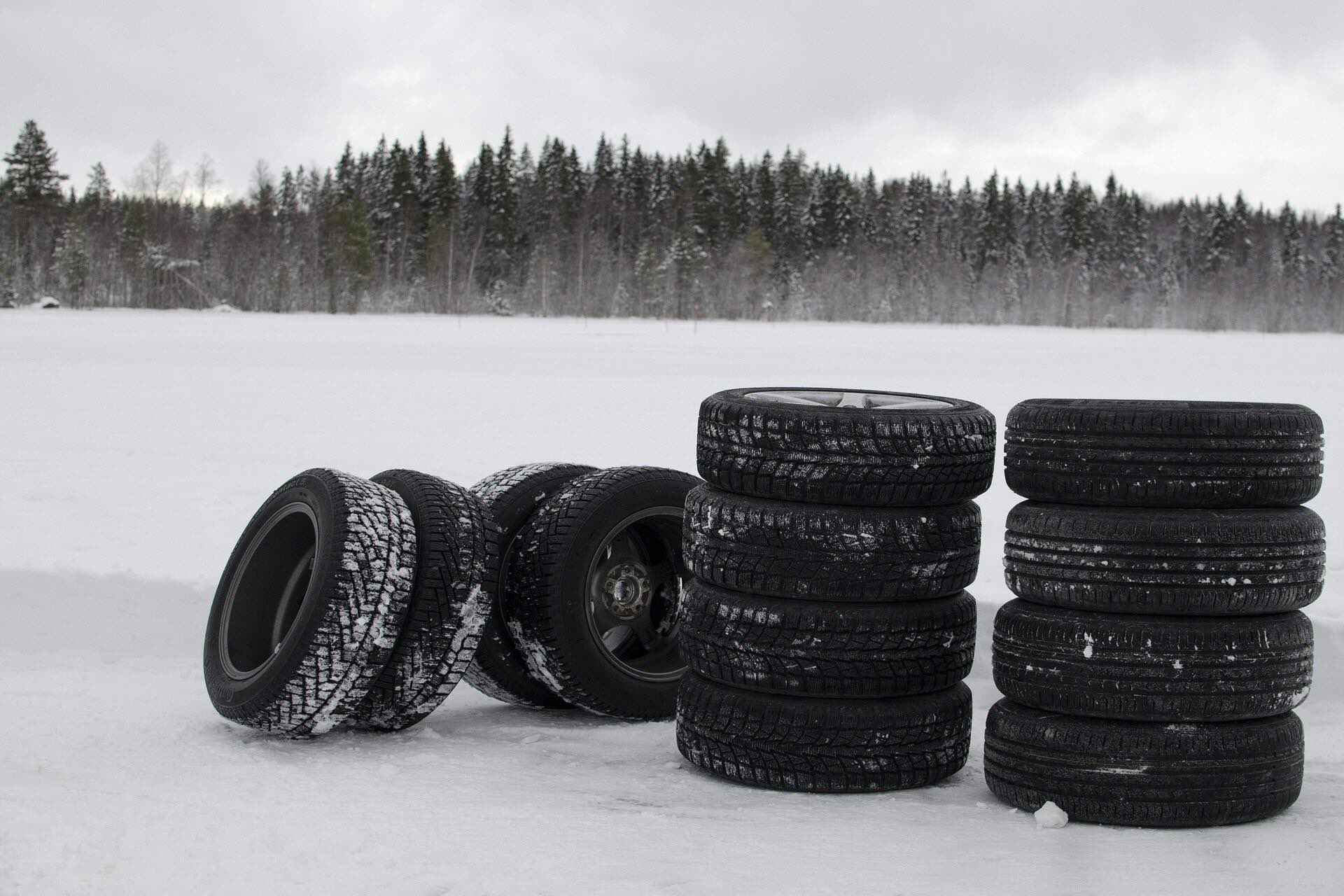

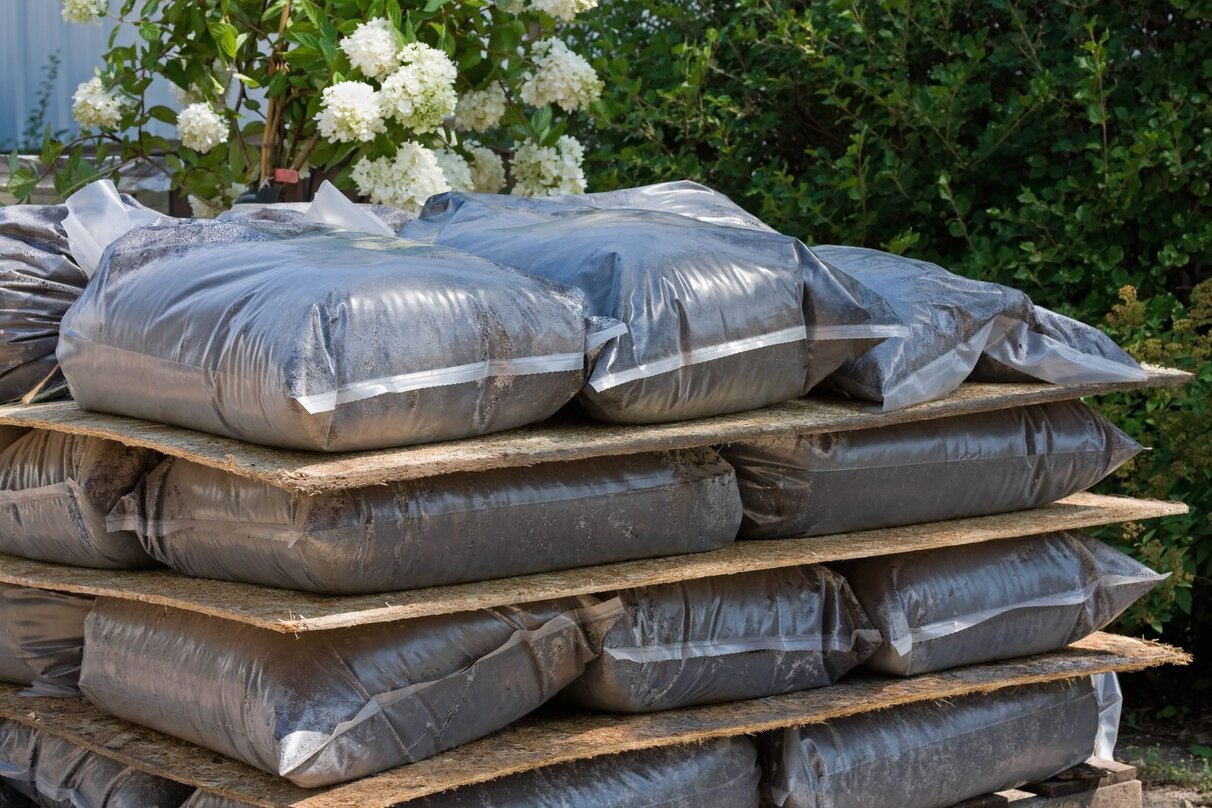

0 thoughts on “How To Store Extension Ladder Outside”